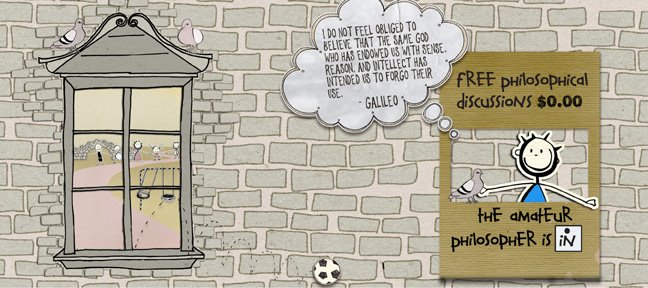
I worked in the outdoor retail industry for nine years. And I'm a self confessed "gear junky". I really like the latest high tech gear. Having to schedule and participate in vendor clinics for years really gave me the inside scoop on the technology of camping and climbing.
A few years ago I had a friend build an alcohol stove and he was really singing the praises of it. I told my friends in the industry about it and asked them why there were so few alcohol stoves on the market considering how light the finished stove turned out. They explained that the heat output was so low for alcohol that it just wasn't a feasibly option for more than just and overnight trip.
Recently I had another friend show me a simple alcohol stove that he uses. I have trusted this friend before so I opened up my mind and decided to give the fuel another shot.
I found a great site online that had several different models and complete instructions on how to build them with nothing more than 2 Pepsi cans and a little bit of epoxy. I spent most of Friday night and Saturday morning building and testing three slightly different models of one of the stoves. I experimented with different sized jets; different amounts of jets and different spacing, etc. The best model was able to boil 8oz of water in 6 minutes. The catch was it burned a lot of alcohol, about 2oz, in the process. The stove was exceptionally light; however the fuel efficiency would only make it practical on a very short trip. I own an MSR whisperlite that I've had for 20 years. I have hiked for 7 days and 84 miles even boiling my water to purify it and only used 12oz of white gas for the whole trip. If I'd have tried this with the alcohol stove it would have require close to a gallon of alcohol. Once the fuel weight is taken into account this stove may actually turn out to be quite a bit heavier than my whisperlite.
One of the driving forces behind my experiment is that my scout troop is planning a 50-mile hike for April. I wanted to give the scouts a practical inexpensive alternative to high priced commercial stoves. During one of my tests today I found that I couldn't tell if the stove was still burning or not. I had to look at the distortions of the sunlight in the shadow of the stove to see if there was heat rising from the stove. Alcohol burns almost invisible in the daylight. Last night I could see the flame just fine, but in the daylight I was almost impossible. That was the nail in the coffin for me. There is no way I am going to encourage our scouts to make fires with a fuel that they won't even be burning. It's just too much of a safety concern. The photo above shows the stove while it is burning.
At any case I'm glad I gave it a good attempt. And realistically my only investment in the experiment was a can of denatured alcohol and a bunch of cans from the recycle bin.
Incidentally, if anybody else would like to try to build one of these I found that by using Dr. Pepper cans for my upper and Dr. Brown's cream soda cans for the lower that there was no need at all to dilate the lower can. It was a snug fit without all of the trouble of having to try to flare out the can.


...And...Boy howdy it looked really cool! Good show, old chap!
ReplyDeleteAlcohol stoves are definitely cool to watch burn at night. What's really cool is the work nearly silently. It's actually quite refreshing compared to the noise from MSR's jet engines. Unfortunately, in the tests that Glisson and I ran when we made them, we could never get a quart of water to boil all at once. Usually we'd run out of alcohol before it got to that point. At night we could tell the flames were out, but I imagine this would have been more of a trick in the day time. One quart may be overkill for a single person, but if two people are having instant oatmeal and hot chocolate for breakfast, it's exactly the right amount. If you're troop is practicing the patrol method of sharing cooking equipment and food, then this is another strike against the alcohol stoves.
ReplyDelete